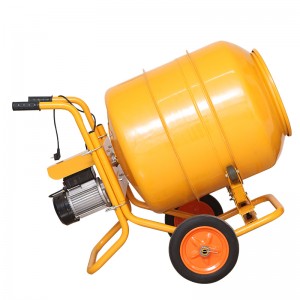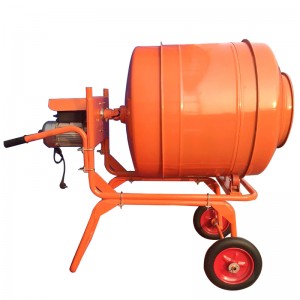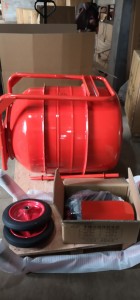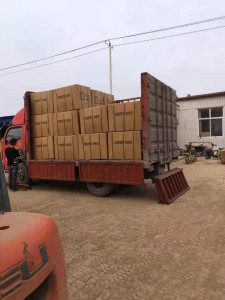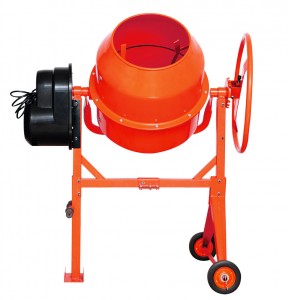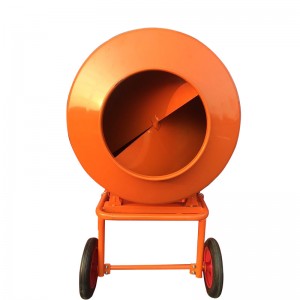A cement mixer, also known as a concrete mixer, is a machine used for mixing cement, water, and aggregates (such as sand or gravel) to create concrete. It is commonly used in construction sites and for various concrete-related projects.
The main purpose of a cement mixer is to produce a uniform and consistent mixture of cement and aggregates, ensuring that the concrete is of high quality and suitable for the intended application. The machine typically consists of a rotating drum or container with blades or paddles inside that agitate and mix the materials.
Here’s a general overview of how a cement mixer works:
Loading: The ingredients, including cement, aggregates, and water, are loaded into the drum of the mixer. The amounts of each component are determined based on the desired concrete mix proportions.
Mixing: The drum is set in motion, either by an electric motor, an internal combustion engine, or other power sources. As the drum rotates, the blades or paddles inside lift and tumble the materials, ensuring thorough mixing. The rotation can be in one direction or both directions, depending on the type of mixer.
Mixing time: The duration of mixing depends on factors such as the type of mixer, the desired consistency of the concrete, and the specific requirements of the project. Generally, mixing continues until a homogeneous mixture is obtained.
Discharging: Once the mixing process is complete, the concrete can be discharged from the mixer. This is typically done by tilting the drum or container to pour the concrete into a wheelbarrow, a concrete pump, or directly into the desired location.
Cement mixers come in various sizes, ranging from portable models suitable for small-scale projects to large truck-mounted mixers used for commercial construction. Some mixers also have additional features, such as adjustable drum speed, multiple speed settings, or built-in water tanks for accurate water measurement.
Using a cement mixer offers several advantages, including efficient and consistent mixing, reduced manual labor, and faster concrete production compared to manual mixing methods. It helps ensure the quality and uniformity of the concrete mixture, which is crucial for achieving strong and durable construction.
Post time: Aug-21-2023





